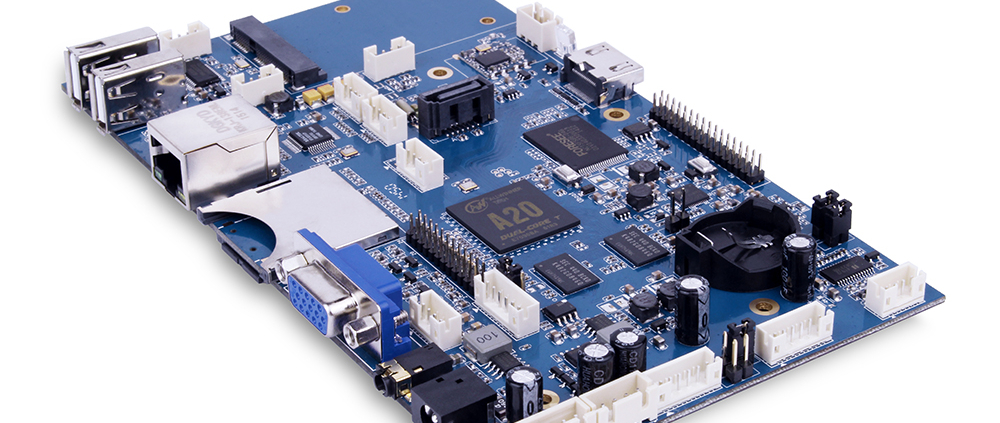How to prevent PCBA circuit boards from bending and warping during reflow soldering?
1. Reduce the impact of temperature on circuit board stress
Since “temperature” is the main source of circuit board stress, as long as the temperature of the reflow oven is lowered or the speed of heating and cooling of the circuit board in the reflow oven is slowed down, the bending and warping of the board can be greatly reduced. occur. However, other side effects may occur, such as solder short circuits.
2. PCB uses high Tg board
Tg is the glass transition temperature, which is the temperature at which the material changes from glass to rubber. The lower the Tg value of the material, the faster the circuit board begins to soften after entering the reflow oven and becomes soft and rubbery. The time will also become longer, and the deformation of the circuit board will of course become more serious. Using a higher Tg board can increase its ability to withstand stress deformation, but the price of high Tg PCB boards is relatively high.
3. Increase the thickness of the circuit board
In order to make many electronic products thinner and lighter, the thickness of the circuit board has been reduced to 1.0mm, 0.8mm, or even 0.6mm. Such a thickness is really a bit difficult to keep the circuit board from deforming after passing through the reflow oven. It is difficult to force people to do so. It is recommended that if there is no requirement to be thin and light, the circuit board should be 1.6mm thick, which can greatly reduce the risk of board bending and deformation.
4. Reduce the size of the circuit board and reduce the number of panels
Since most reflow ovens use chains to drive the circuit board forward, circuit boards with larger PCB design sizes will be dented and deformed in the reflow oven due to their own weight, so try to treat the long side of the circuit board as the board edge. Putting it on the chain of the reflow furnace can reduce the dent deformation caused by the weight of the circuit board itself. This is also the reason for reducing the number of panels. That is to say, when passing through the furnace, try to use the narrow edge perpendicular to the furnace passing direction. Achieve the lowest amount of dent deformation.
5. Use oven tray jig
If the above methods are difficult to achieve, the last option is to use an oven tray to reduce the amount of deformation. The reason why the oven tray can reduce the bending of the board is because whether it is thermal expansion or cold contraction, the tray is expected to be able to fix the circuit board. When the temperature of the circuit board drops below the Tg value and begins to harden again, the original size can be maintained.
If the single-layer pallet cannot reduce the deformation of the circuit board, you must add a layer of cover and clamp the circuit board with the upper and lower pallets. This can greatly reduce the problem of deformation of the circuit board after passing through the reflow oven. However, these oven trays are quite expensive, and labor is required to place and recycle the trays.



